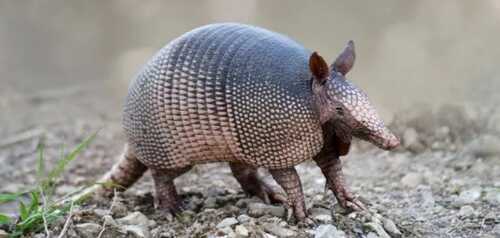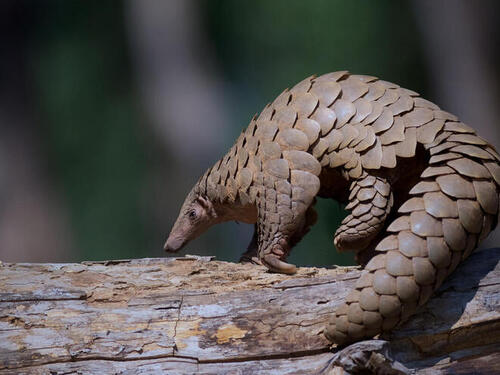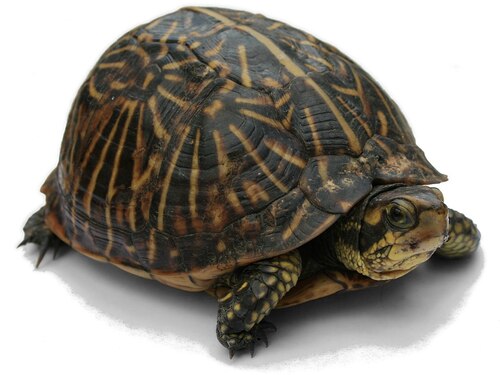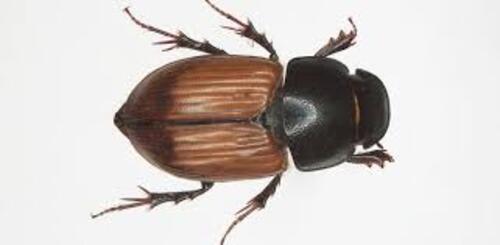In the animal kingdom, many species possess unique adaptations for protection against predators. Among these adaptations, armor stands out as one of the most fascinating. This article explores which animal has the strongest armor, delving into the mechanics of their protective features, the materials involved, and how they compare in terms of strength.
The armadillo, particularly the nine-banded armadillo (Dasypus novemcinctus), is renowned for its remarkable armor. Its body is covered with a hard shell made of bony plates known as osteoderms. This natural armor provides effective protection against predators, and studies show that the armadillo's armor can withstand significant pressure.
Armor Thickness: The osteoderm plates can be up to 2.5 centimeters (1 inch) thick, providing substantial protection.
Impact Resistance: Research has demonstrated that armadillo armor can withstand forces of over 1000 Newtons, which is comparable to the pressure a human can exert while lifting heavy weights.

The armadillo's armor is not only strong but also lightweight and flexible. The osteoderms are connected by skin, allowing for mobility while still providing effective defense. The design of the armor helps to distribute the force from impacts, reducing the risk of injury to the armadillo.
Defense Mechanism: When threatened, armadillos can curl up into a ball, presenting their hard outer shell to predators. This behavior effectively protects their vulnerable undersides.
Camouflage: The earthy colors of their armor help them blend into their surroundings, providing an additional layer of defense by avoiding detection.
While the armadillo is a strong contender, several other animals also boast impressive armor, each with unique properties.
Pangolins are covered in tough, overlapping scales made of keratin, the same material as human nails. These scales provide excellent protection against predators.
Scale Strength: Pangolin scales can withstand forces of approximately 400 Newtons.
Defense Strategy: When threatened, pangolins can roll into a tight ball, using their scales as armor against attacks.

Turtles have hard shells composed of a bony layer covered by a tough keratin layer. The shell provides significant protection and can withstand substantial pressure.
Shell Thickness: Turtle shells can be 1 to 3 centimeters thick, depending on the species.
Impact Resistance: Some studies indicate that turtle shells can endure forces exceeding 800 Newtons.

Certain beetle species, such as the horned beetle (Onthophagus taurus), possess exoskeletons that are incredibly strong relative to their size.
Material Strength: The chitin in beetle exoskeletons is stronger than steel when compared by weight.
Force Resistance: The horned beetle can withstand forces up to 39,000 times its body weight, making it one of the strongest animals relative to size.

The strength of an animal's armor is often determined by its material composition and structural design.
Material Composition: The use of keratin, bone, and chitin provides different types of protection. Each material offers unique benefits in terms of flexibility and strength.
Design: The structural arrangement of the armor plays a crucial role in its effectiveness. For example, overlapping scales in pangolins allow for both flexibility and protection.
Weight-to-Strength Ratio: Animals like the armadillo and beetle have evolved armor that maximizes protection while minimizing additional weight, allowing for mobility.
In the realm of animal armor, the armadillo stands out with its strong osteoderm plates that can withstand impressive forces. Other armored animals, such as pangolins, turtles, and beetles, each showcase unique adaptations that serve to protect them in their environments. Understanding the mechanics and strength of these natural armors not only highlights the wonders of evolution but also emphasizes the diverse strategies animals use to survive in a world full of predators. Whether it's the formidable shell of an armadillo or the scales of a pangolin, these animals exemplify nature's ingenuity in crafting protective adaptations.
animal tags: Strongest-Armor
We created this article in conjunction with AI technology, then made sure it was fact-checked and edited by a Animals Top editor.